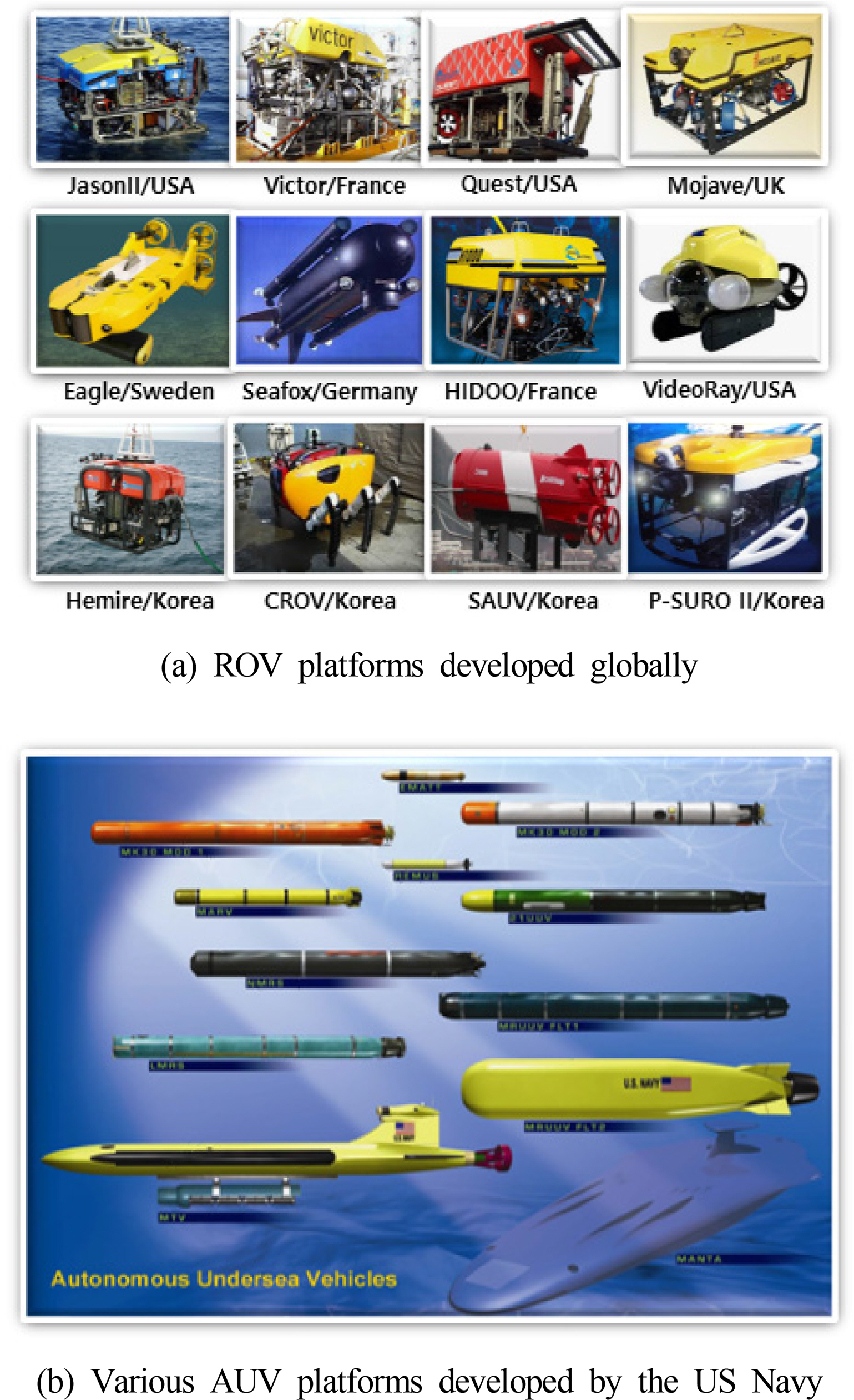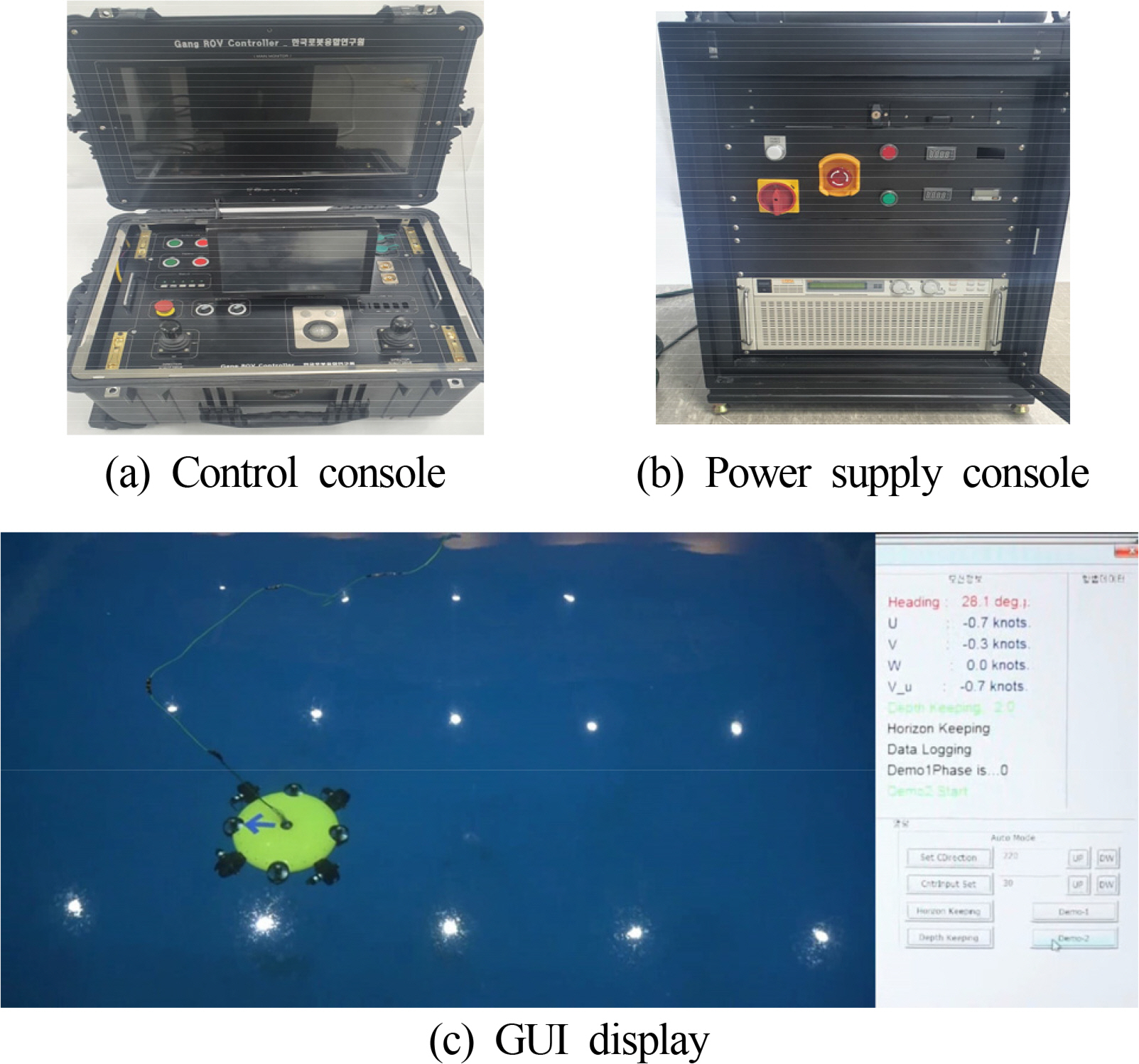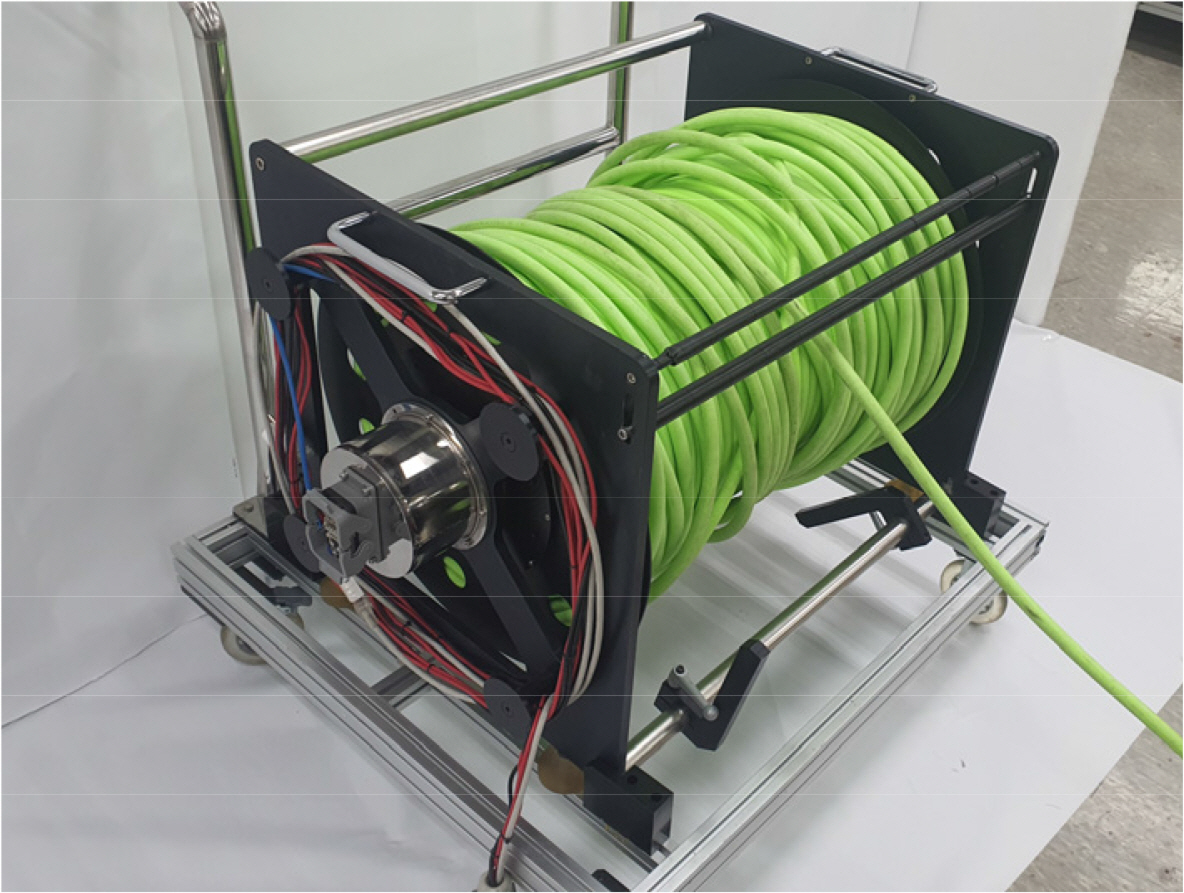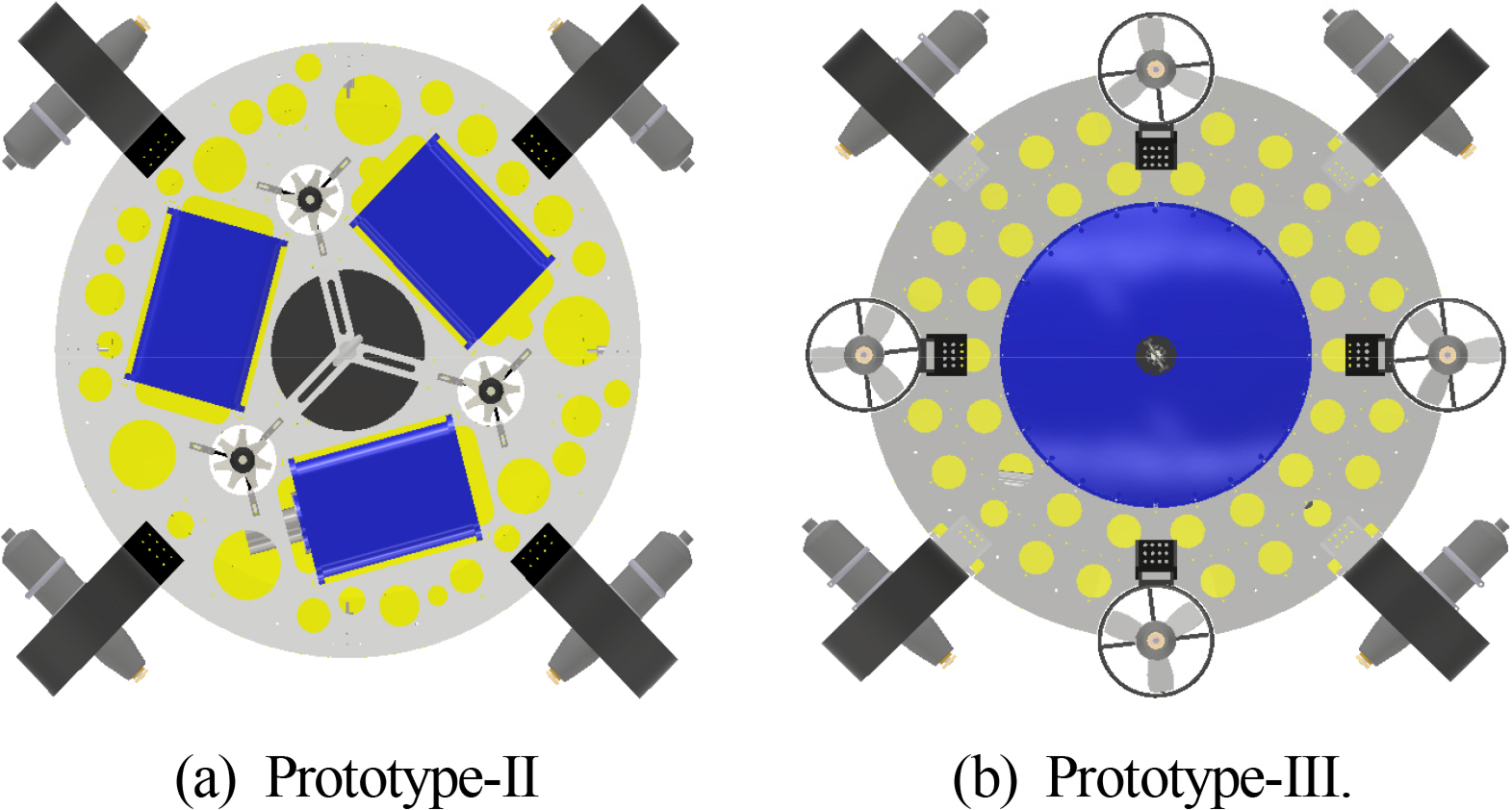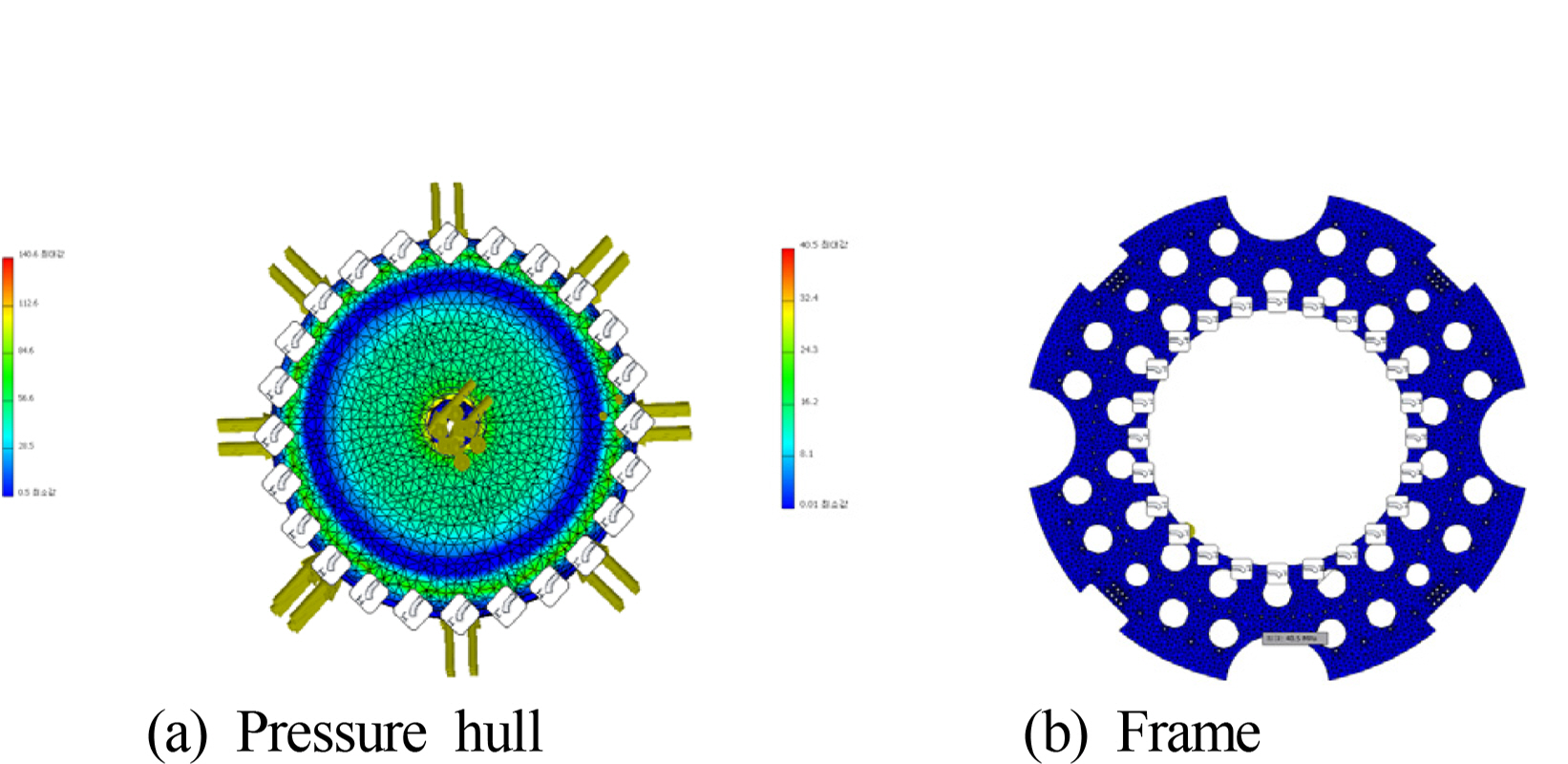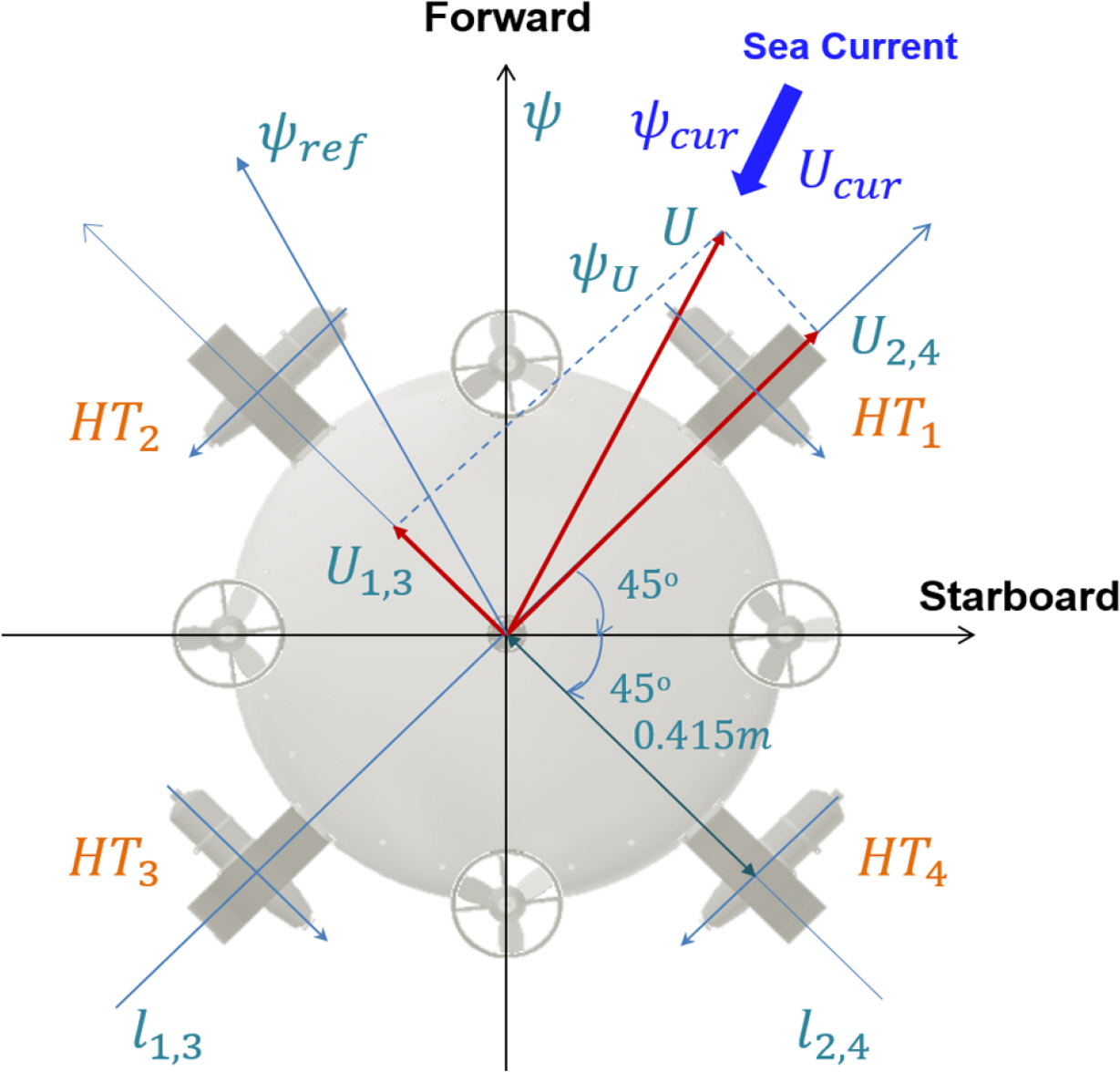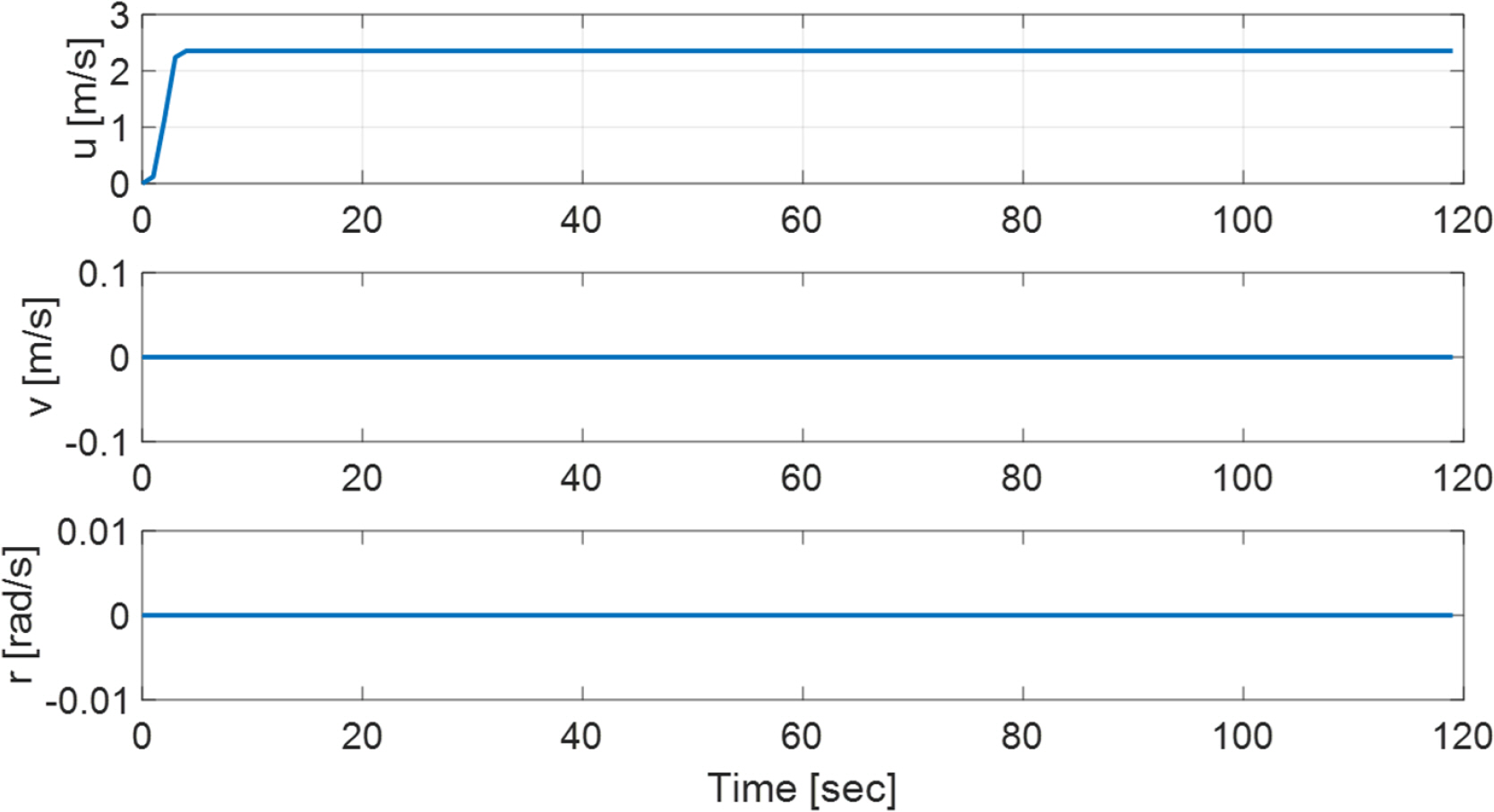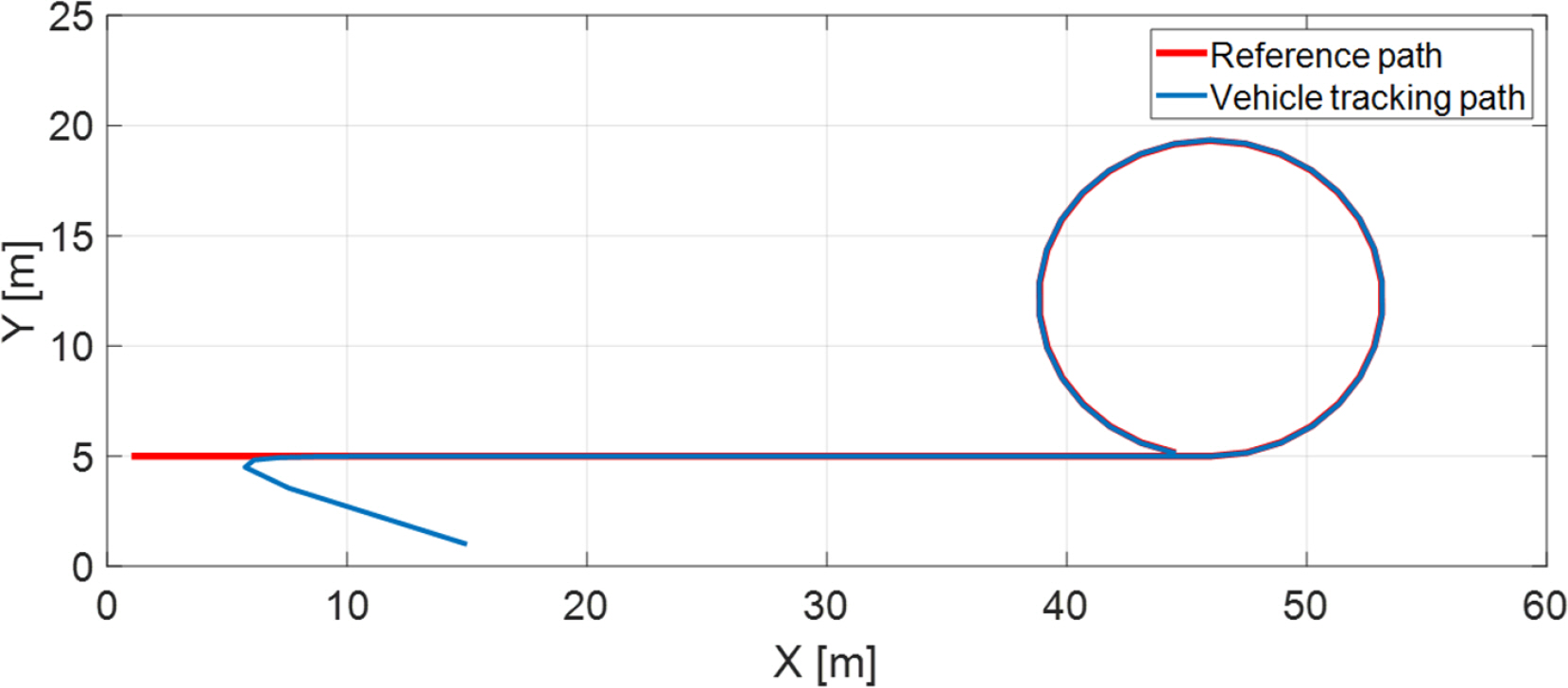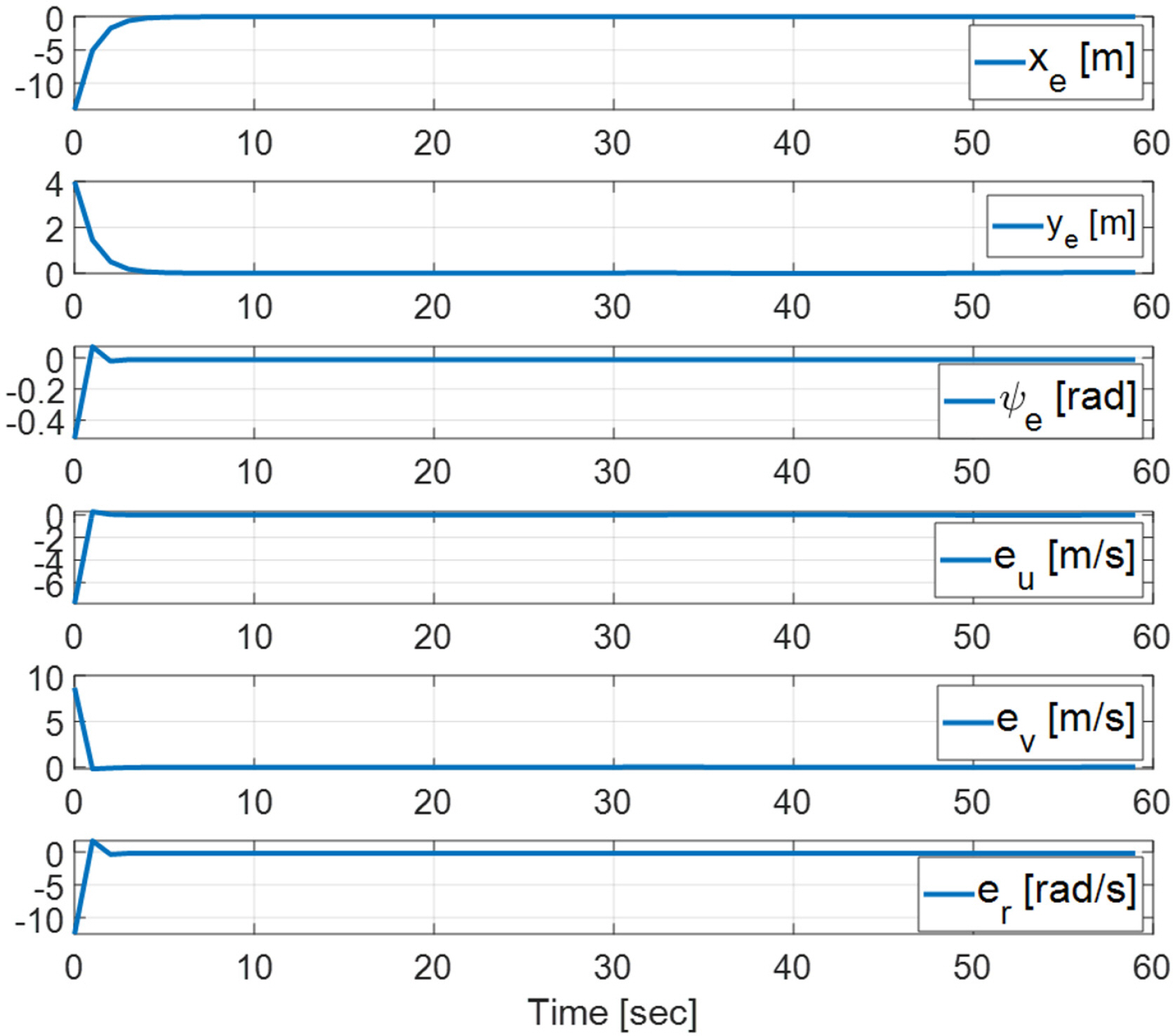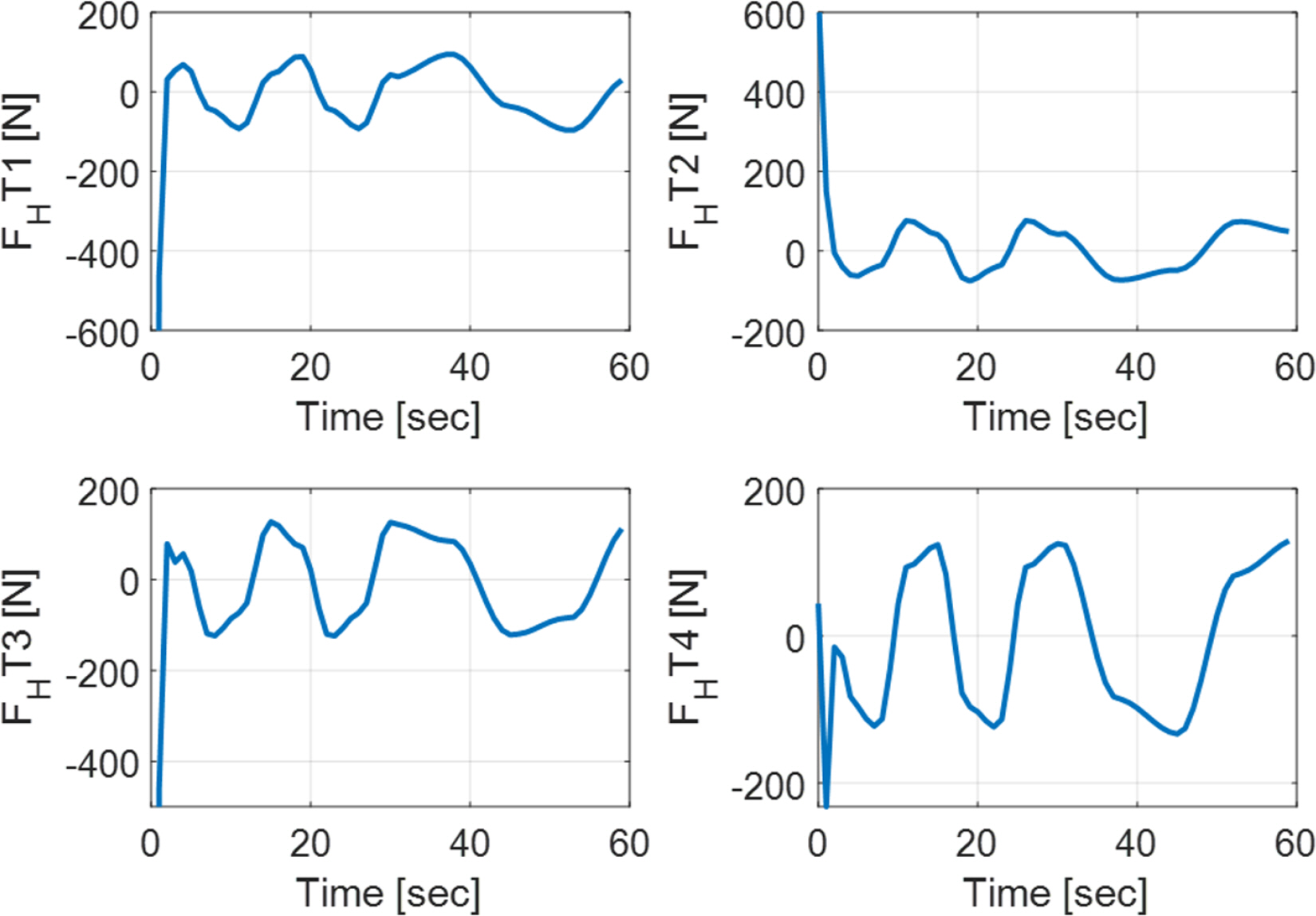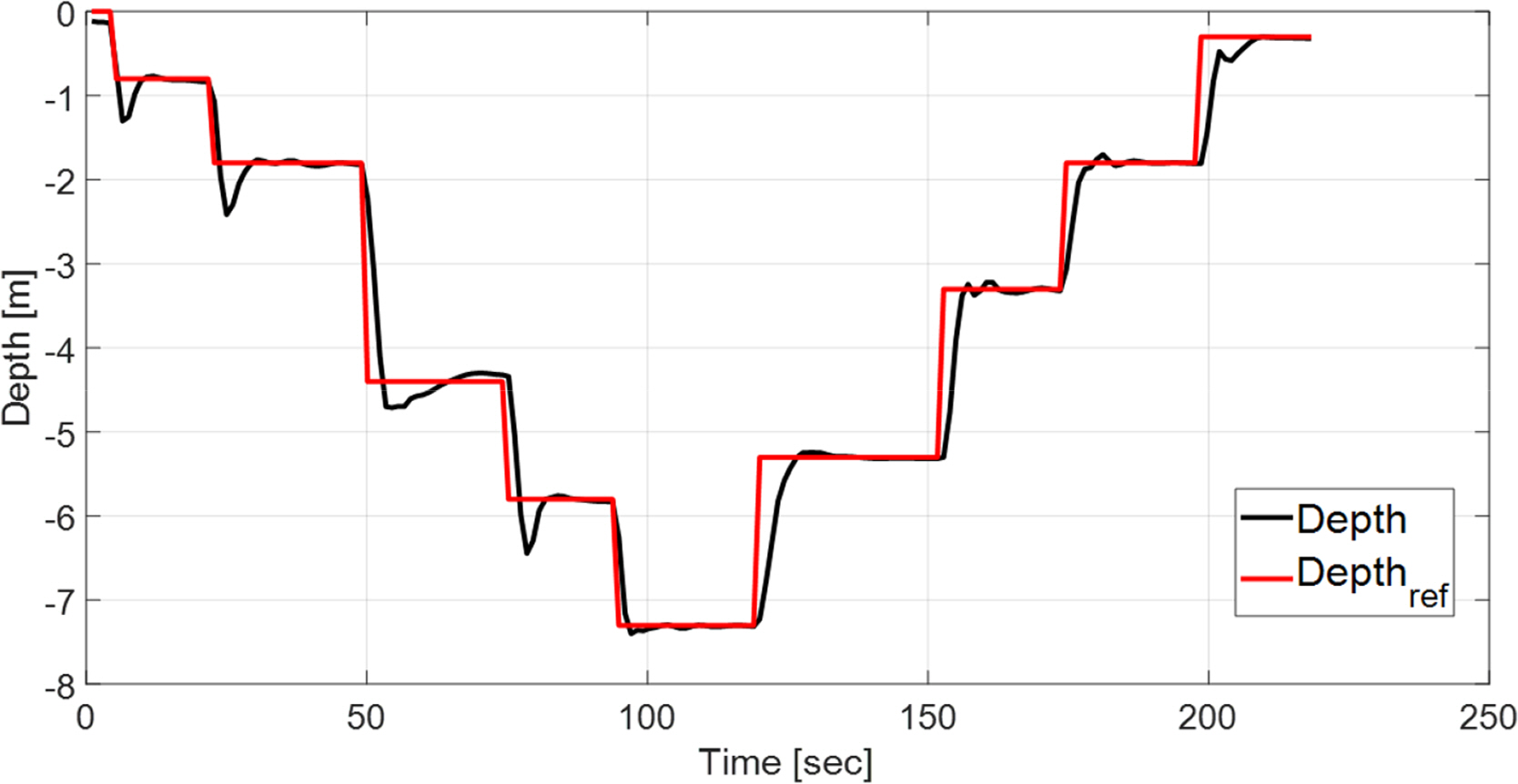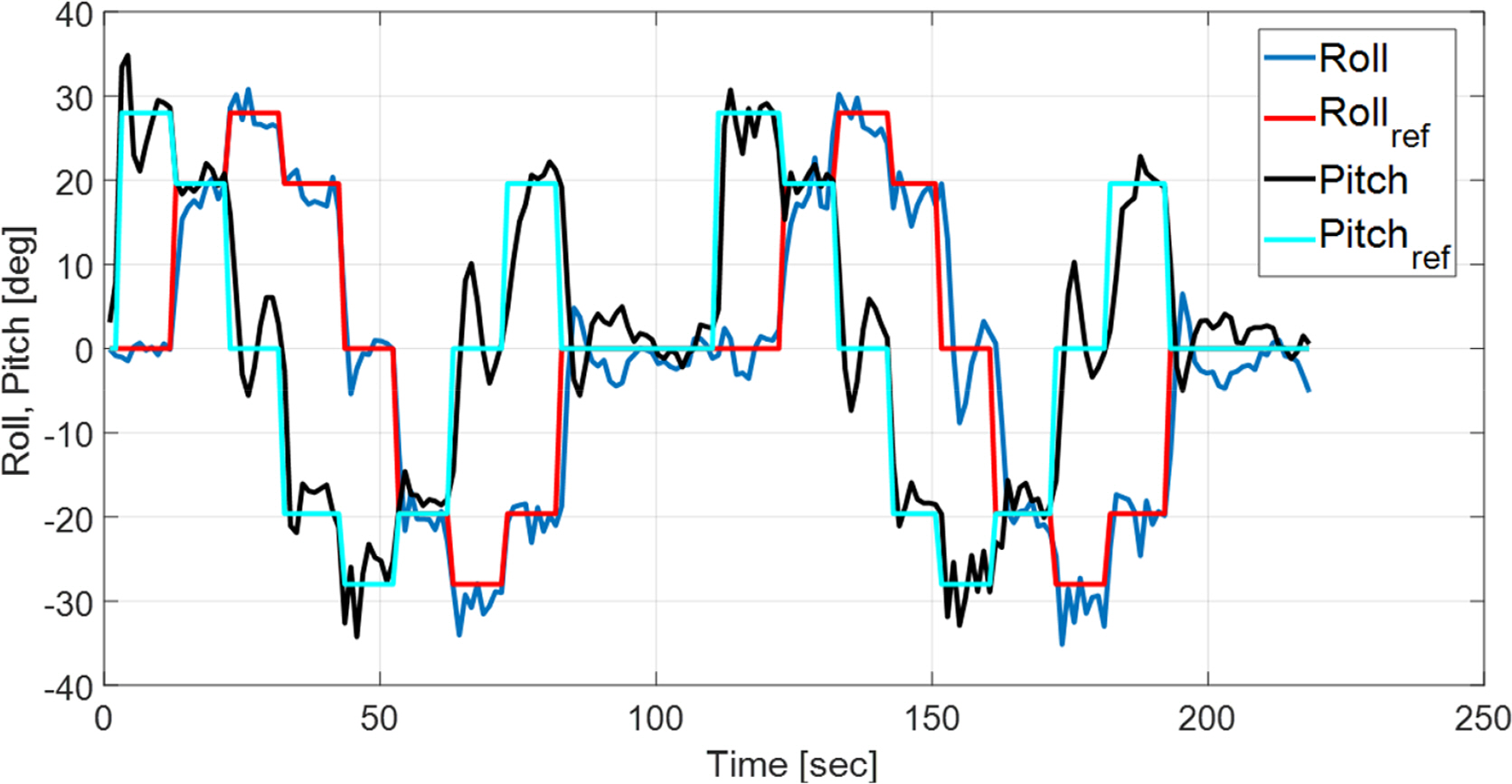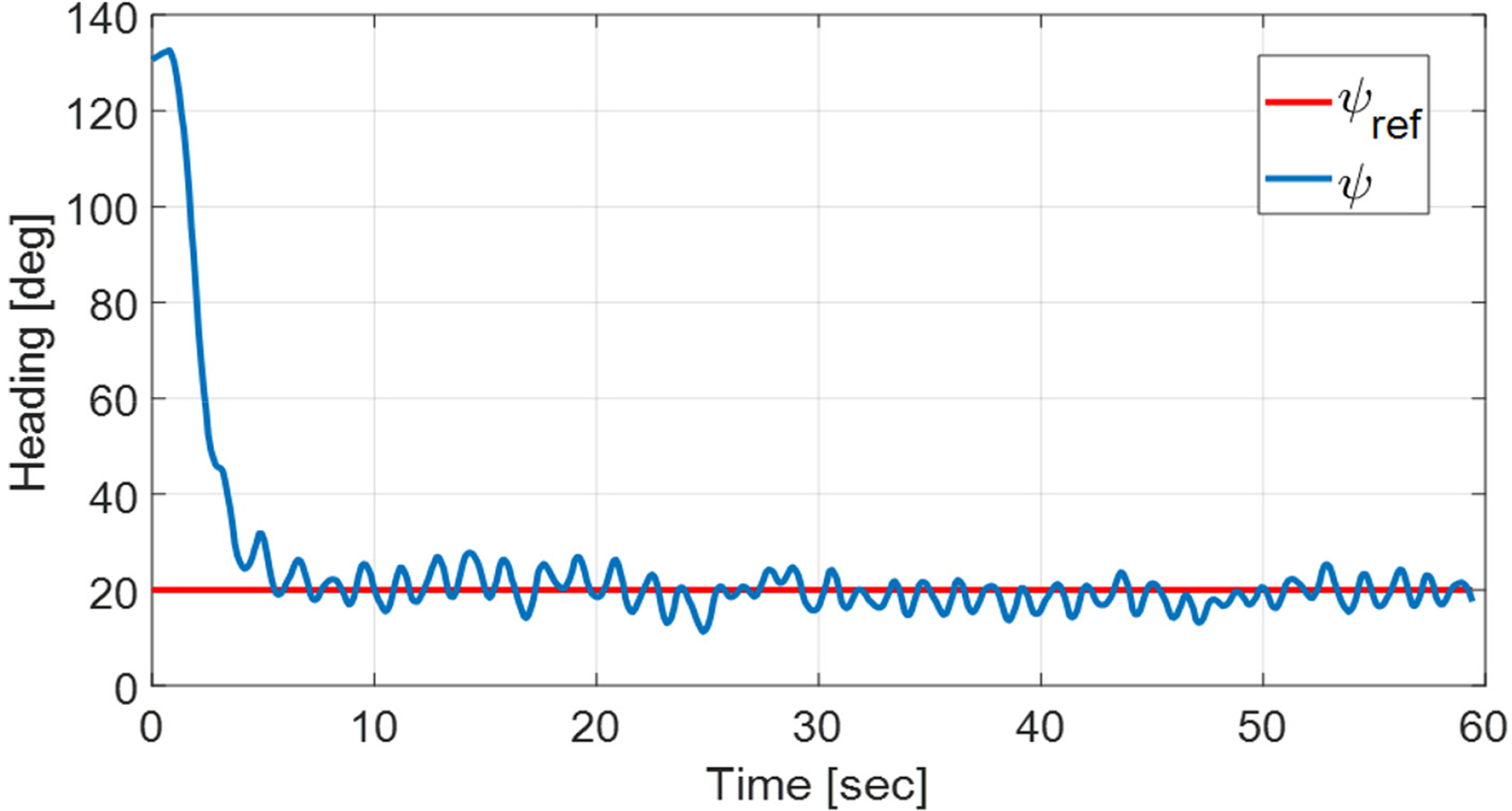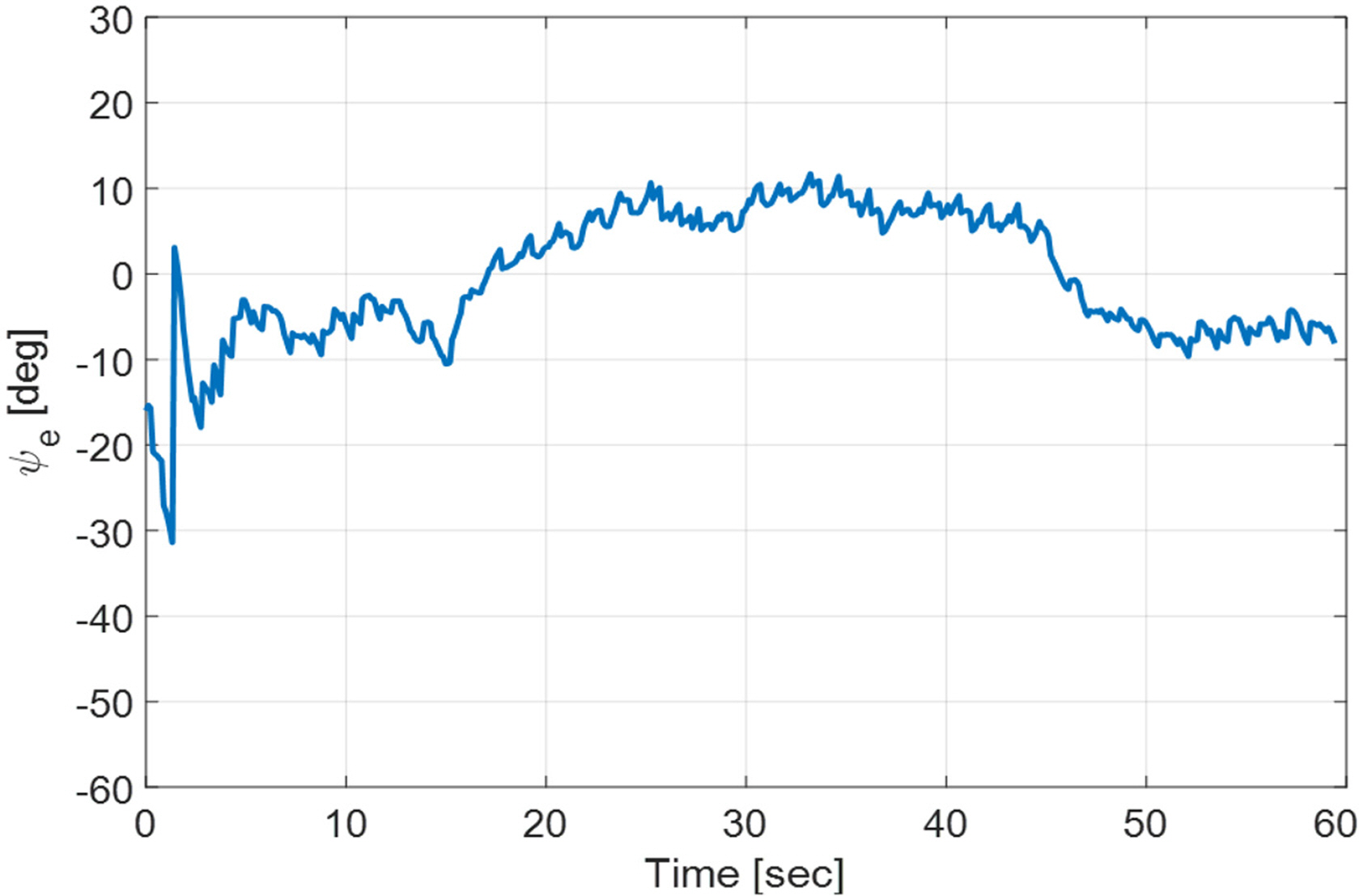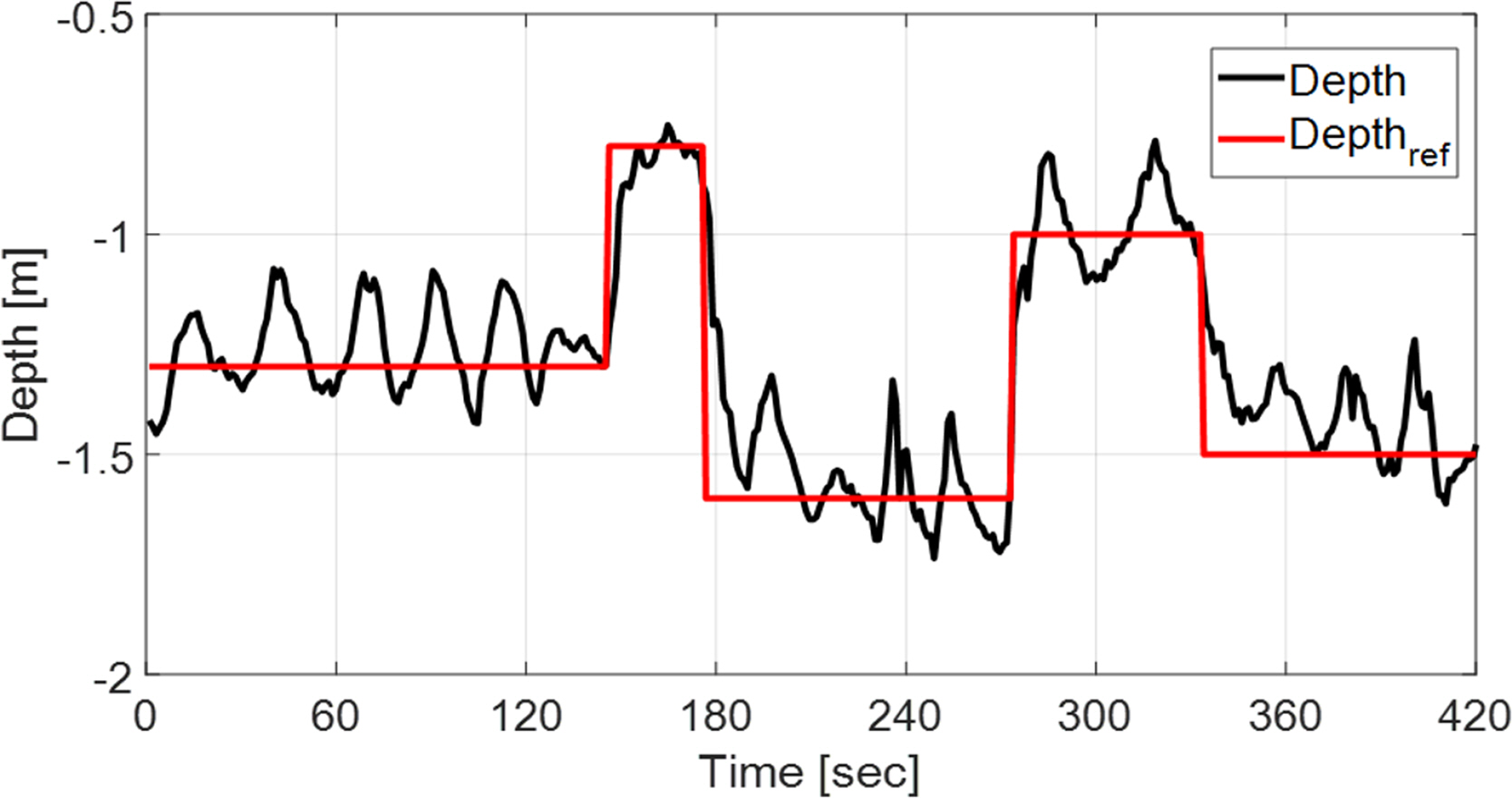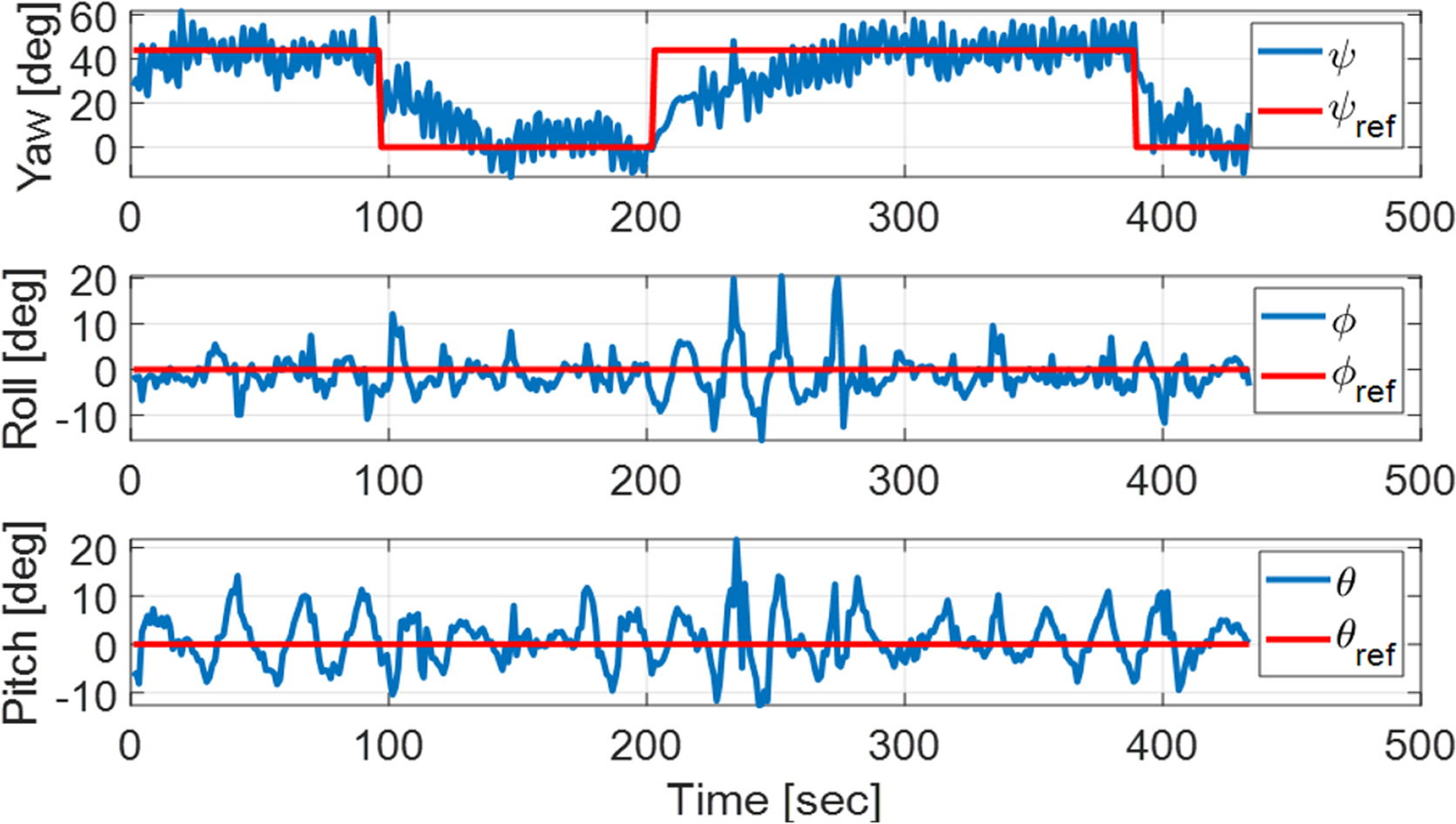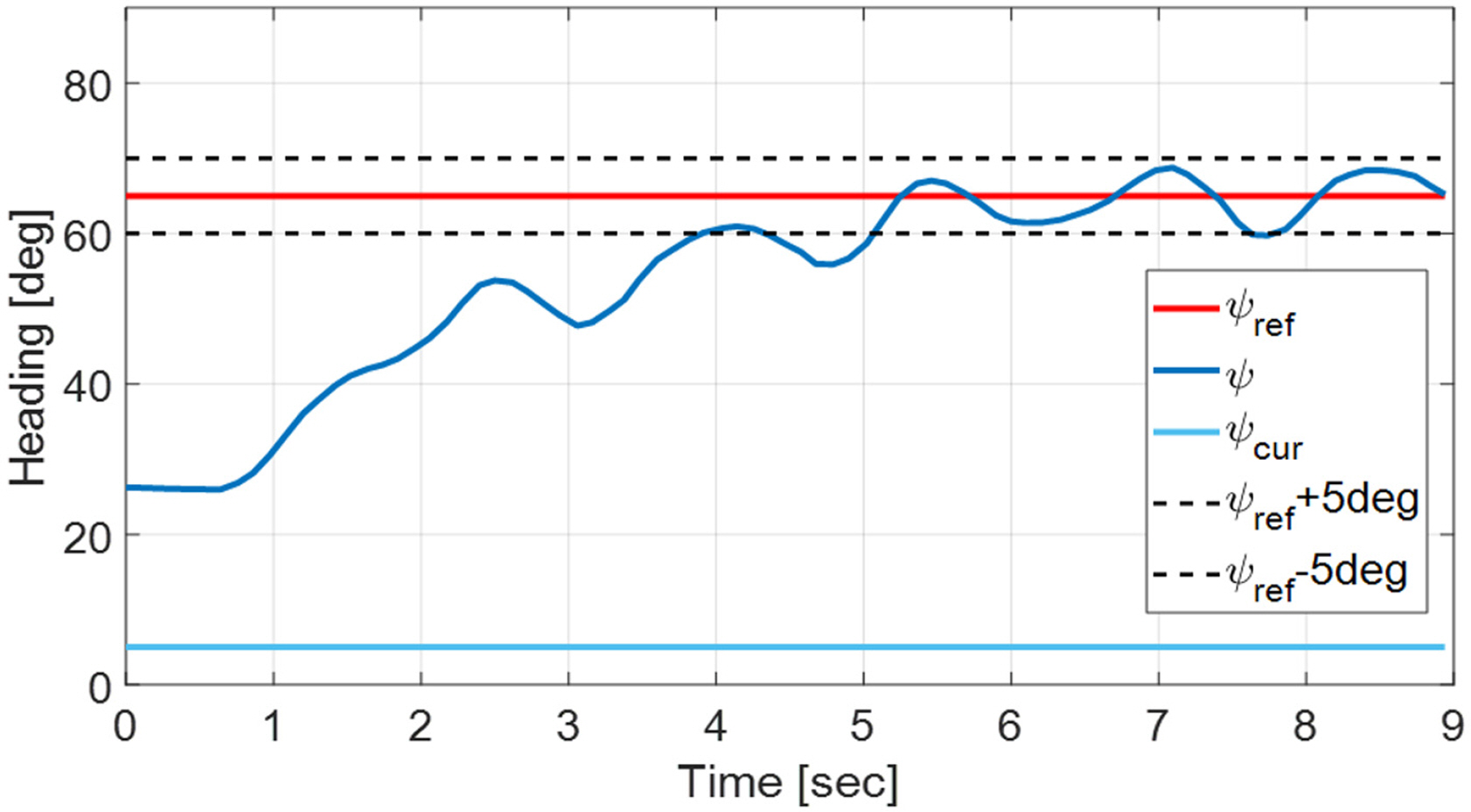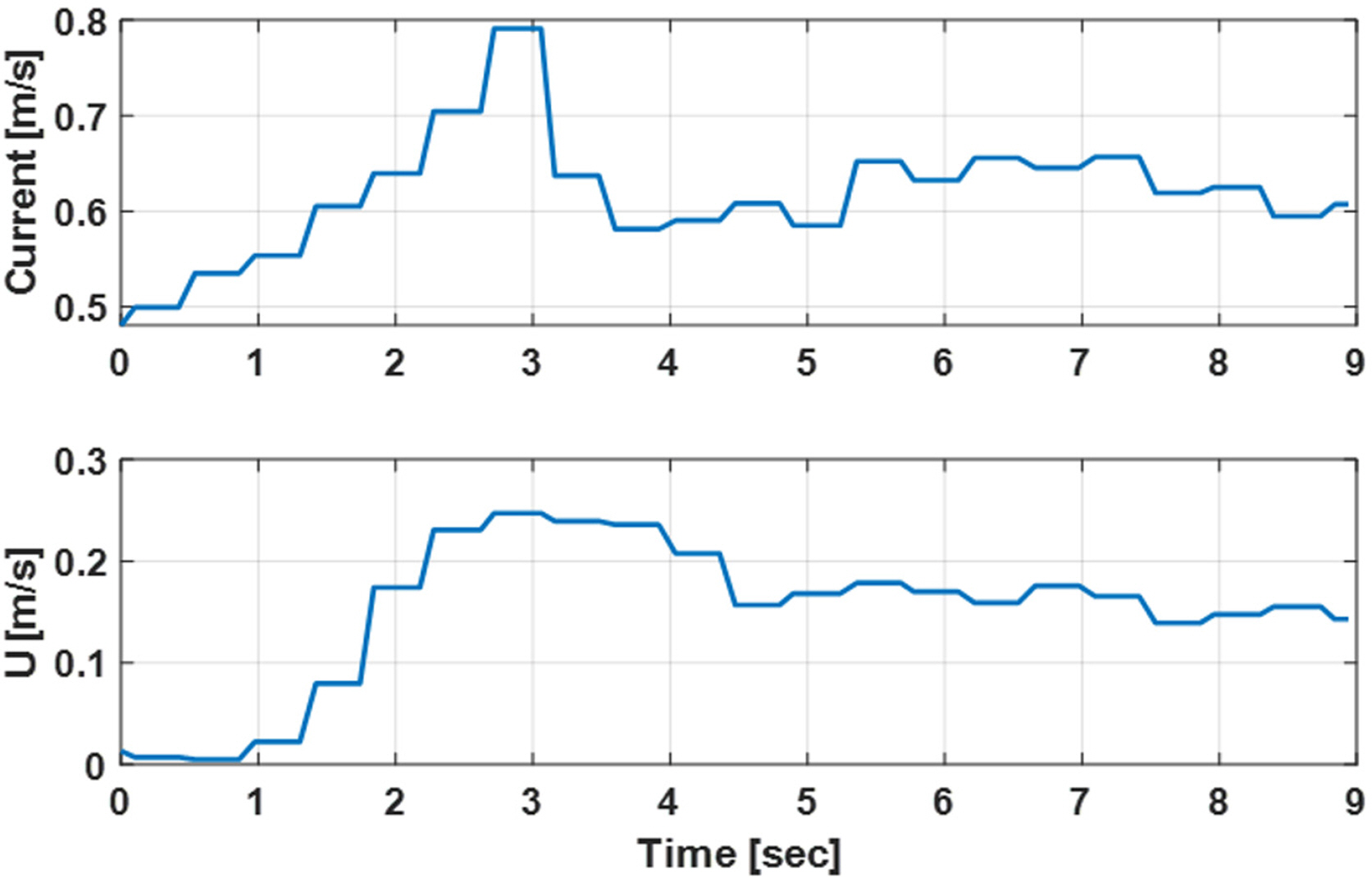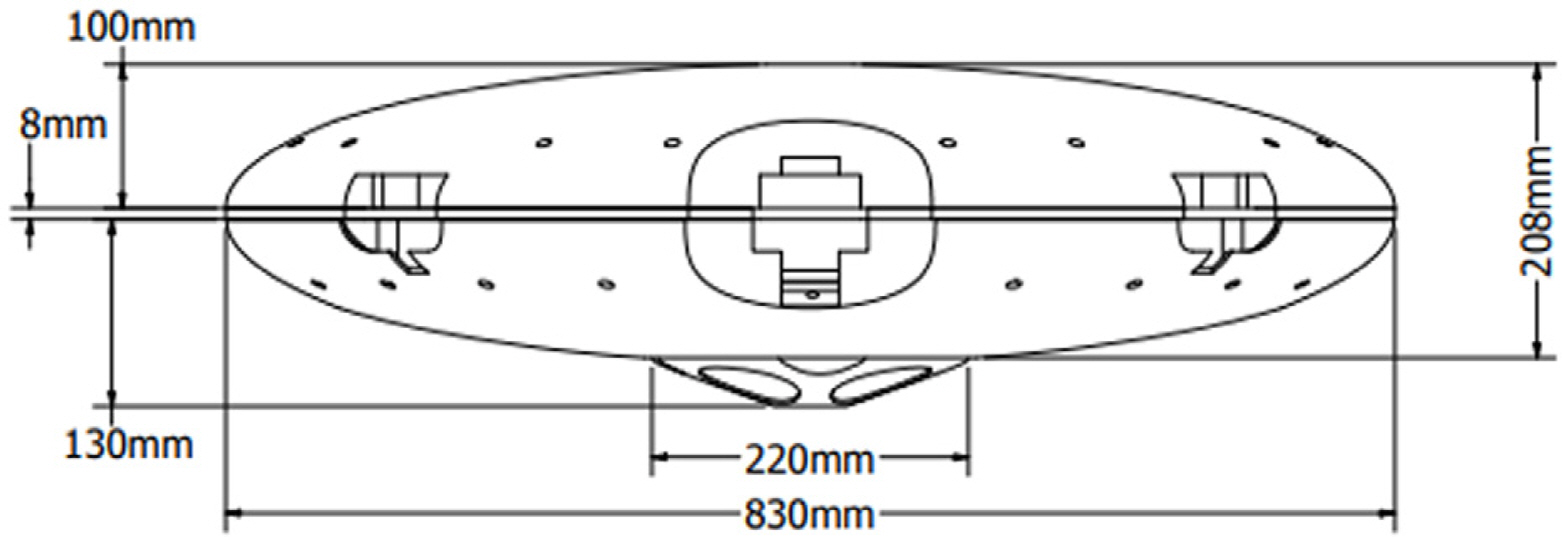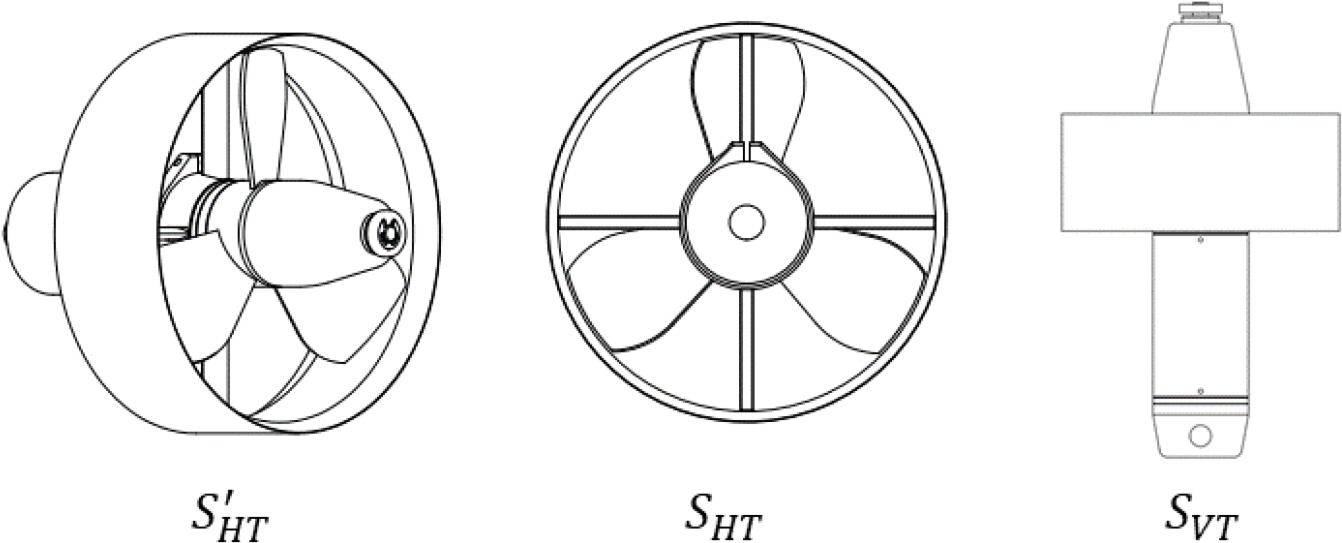Fossen, TI. (2002). Marine Control Systems – Guidance, Navigation, and Control of Ships, Rigs and Underwater Vehicles. Trondheim, Norway. Marine Cybernetics.
Kim, JH., Sitorus, PE., Won, BR., Le, TQ., Ko, JH., Kim, DY., & Jang, IS. (2017). A Flow-Visualization Study of a Multiple Hydrofoils Duct with Particle Image Velocimetry Equipment in KIOST. Proceedings of the 12th International Symposium on Particle Image Velocimetry. Busan, Korea.
Krstic, M., Kanellakopoulos, I., & Kokotovic, P. (1995). Nonlinear and Adaptive Control Design. New York. John Wiley & Sons, Inc.
Jun, BH., Shim, H., Kim, B., Park, JY., Baek, H., Yoo, S., & Lee, PM. (2013). Development of Seabed Walking Robot CR200.
Proceedings of MTS/IEEE Oceans Bergen 2013. Bergen, Norway.

Li, JH., Kim, MG., Kang, HJ., Lee, MJ., Jee, SC., Park, MJ., & Cho, GR. (2019a). Development of Underwater Robot Platform and its Control Technology to Overcome up to 35 knots of Sea Current (R&D 20160148). KIMST.
Li, JH., Kim, MG., Kang, HJ., Lee, MJ., & Cho, GR. (2019b). UUV Simulation Modeling and its Control Method: Simulation and Experimental Studies.
Journal of Marine Science and Engineering,
7(4), 89.
https://doi.org/10.3390/jmse7040089

Moon, YS., Sur, J., Ko, NY., Kim, HS., & Park, YG. (2009). Design of Mine Robot Platform. Korea Robotics Society Review, 6(4), 64-71.
Newman, JN. (1977). Marine Hydrodynamics. Cambridge, MA. The MIT Press.
Prestero, T. (2001). Verification of a Six-degree of Freedom Simulation Model for the REMUS Autonomous Underwater Vehicle (Masters Thesis). Department of Ocean Engineering and Mechanical Engineering, MIT.
Pyo, J., & Yu, SC. (2016). Development of AUV (MI) for Strong Ocean Current and Zero-visibility Condition.
Proceedings of 2016 IEEE/OES Autonomous Underwater Vehicles. 54-57.
https://doi.org/10.1109/AUV.2016.7778720

Yoo, SY., Jun, BH., & Shim, H. (2014). Design of Static Gait Algorithm for Hexapod Subsea Walking Robot: Crabster.
Transactions of the Korean Society of Mechanical Engineers A,
38(9), 989-997.
https://doi.org/10.3795/KSME-A.2014.38.9.989








